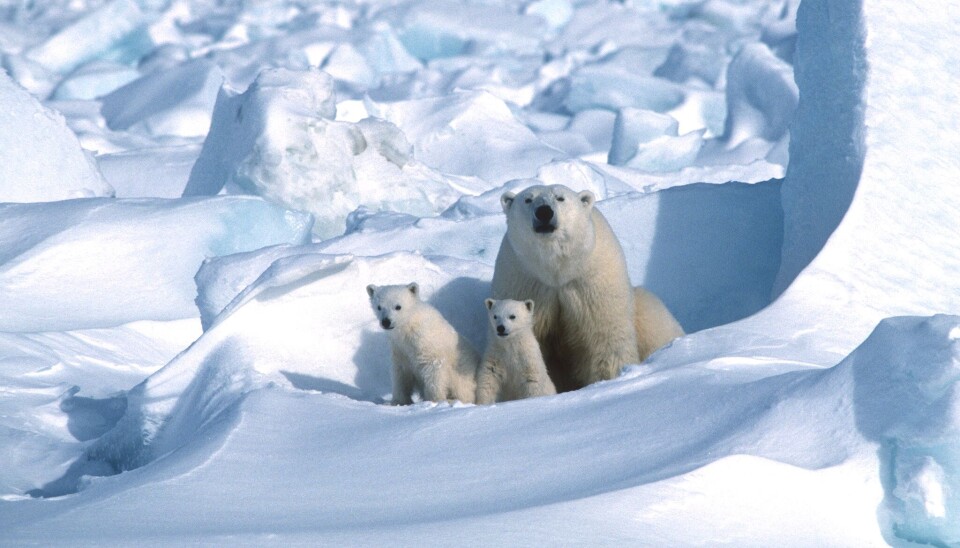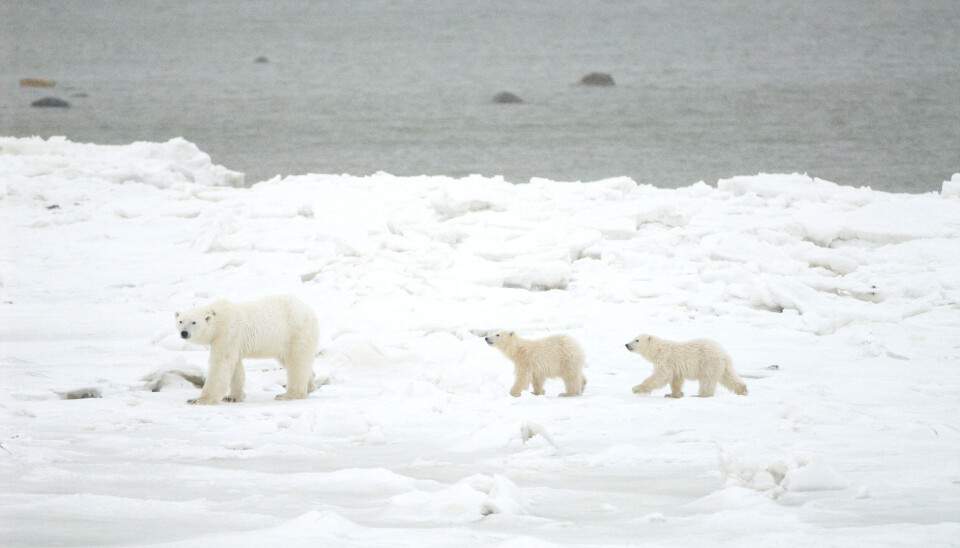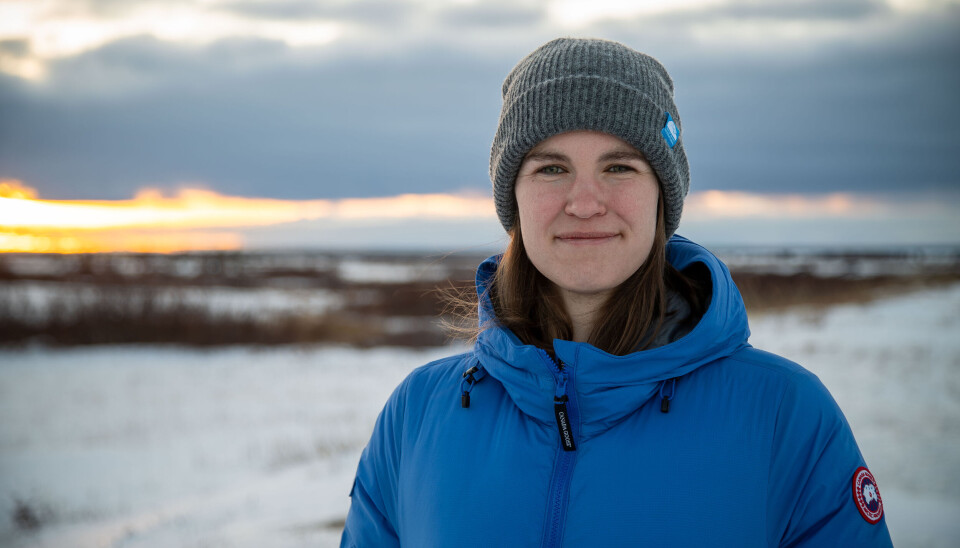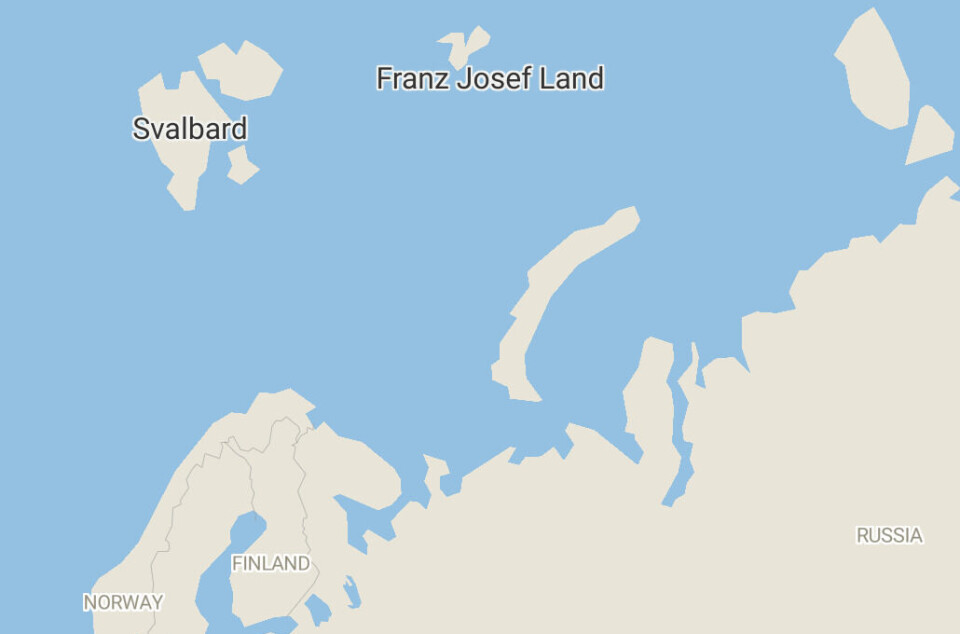
Polar bears on Svalbard tend to leave dens earlier
This could be linked to climate change in the archipelago, researchers say.
The study, conducted by Canadian and Norwegian scientists, highlights that in the last decade, polar bears have on average started leaving their dens with cubs one week earlier than was recorded before 2016.

The study follows 13 polar bear mothers and cubs that have been recorded over the years on the Norwegian archipelago of Svalbard.
Pregnant polar bear females usually enter the den in late autumn and remain there throughout the winter. They don't eat during this time and give birth in January or February to very vulnerable cubs weighing around 600 grams. The den protects them until spring, which is crucial for their survival.
But as the Arctic loses sea ice and temperatures continue to rise, the slight changes in the bear's behaviour suggest that this could also be the result of climate change.

"In the Barents Sea is a loss of summer sea ice area of about 23% per decade since the late 1970s and 1980s," says Dr Louise Archer of the University of Toronto Scarborough, who participated in the study.
As polar bears rely on ice for hunting, the decrease in ice could indicate that mothers are not getting enough nutrients:
“If bears are entering the den in poor body condition that might impact the female's ability to actually stay in there long enough to support her cubs for a sufficient amount of time”, Dr Louise Archer told the Barents Observer. “So that's a trend that we would be interested in looking at over a longer timescale in the future.”

Dr Louise Archer has been part of the study for the last three years. Since 2016, the researchers have been traveling to Svalbard for a few weeks to observe exactly when polar bear mothers leave their dens. Researchers install video cameras outside the dens, and electronic collars attached to the mothers transmit satellite data about their body temperature and location to the researchers.
According to Dr Louise Archer, Svalbard is home to around 300 so-called local bears - the polar bears that use the archipelago all year round.
Dr Archer stresses that so far there hasn't been a change in the number of bears in Svalbard. The change has mainly been in denning habits - most denning in the European Arctic now probably takes place in and around Franz Josef Land - in the Russian part of the northern Barents Sea.

“For example, in and around Hopen Island on Svalbard, that would have been quite a stronghold of polar bear denning, where many polar bears would have gone to build their dens, but in recent years, the ice has returned too late or not at all. So the polar bears actually can’t use that ice as a platform to cross and access those areas to build their dens [on Svalbard]”, Dr Archer told the Barents Observer.
The data collected this year by Dr Louise Archer and her colleagues is still being analysed.














